MERRY CHRISTMAS · 30% OFF ALL COURSES
use code xmas on checkout
101
touchdesigner
extreme
Version 2.0
about the course
Intensive introductory Course with extremely fast diving into concept of TouchDesigner and oriented for practical results.
It's oriented to beginner and intermediate Media Artists interested in generative art, VJing, AudioVisual performances, and interactive technologies.
Course target
TouchDesigner Extreme I is aimed to make super fast introduction to node based workflow, UI & data flow in TouchDesigner, and bring a practical knowledge of making the generative and sound reactive animation, control content playback, basics of modular architecture, and importing/ exploring animation data as well as offline rendering.
Time proven approach ...
We believe that our course's approach to teaching TouchDesigner is unique and effective in that we provide our students with a hands-on learning experience that allows them to experiment and create freely..
Our course material is structured in a way that is easy to understand.
Who is the course for?
This course is designed for artists who want to start working or advance their level of working with TouchDesigner, without relying on fragmented knowledge from YouTube tutorials and want to solid understanding of inner logic of this software, as well as for the newcomers who want to discover the inspiring world of generative art
TouchDesigner 101
is aimed to make super fast introduction to node based workflow, UI & data flow in TD, and bring a practical knowledge of making the generative and sound reactive animation, control content playback, basics of modular architecture, and importing/ exploring animation data as well as offline rendering
This course not going deep into more complex topics of working with the 3D Rendering and geometry which will be covered in the TouchDesigner 102: Extreme
Duration
6 weeks
Your skill level
Beginner
Software
TouchDesigner
Video Duration
6,5 Hours
Format
Self-Study
Who needs this
Motion Designers Media Artists 3D Artists VR / XR Producers NFT Artists Interactive Developers Musicians VJs AI/ML Enthusiasts Designers
Features of the course
- You will learn not just to work in the program, but also gain a comprehensive understanding of TouchDesigner.
- You will understand the place of TouchDesigner in the Media Art Industry.
- You will delve into how to create music with audio-reactive animations.
- The course is more oriented towards real-time performance, showcasing the advantages of real-time graphics.
- Stanislav dynamically alternates between theory and practice.
- The course is not just a reference material. It contains deep analysis of concepts that are not covered in the documentation.
- The author is practicing successful artist and has 20 years of industry experience and is constantly evolving.
- Even if you are an experienced artist, you will find much new and deep material.
course format & materials
The course is completely prerecorded and includes 14 hours of video recordings
TouchDesigner projects available to download
For communication, we have a chat with and other participants.
Each lesson contains several videos, detailing the theme.
Lesson durations range from 17 to 41 minutes.
All lessons contain timestamps.
Gallery
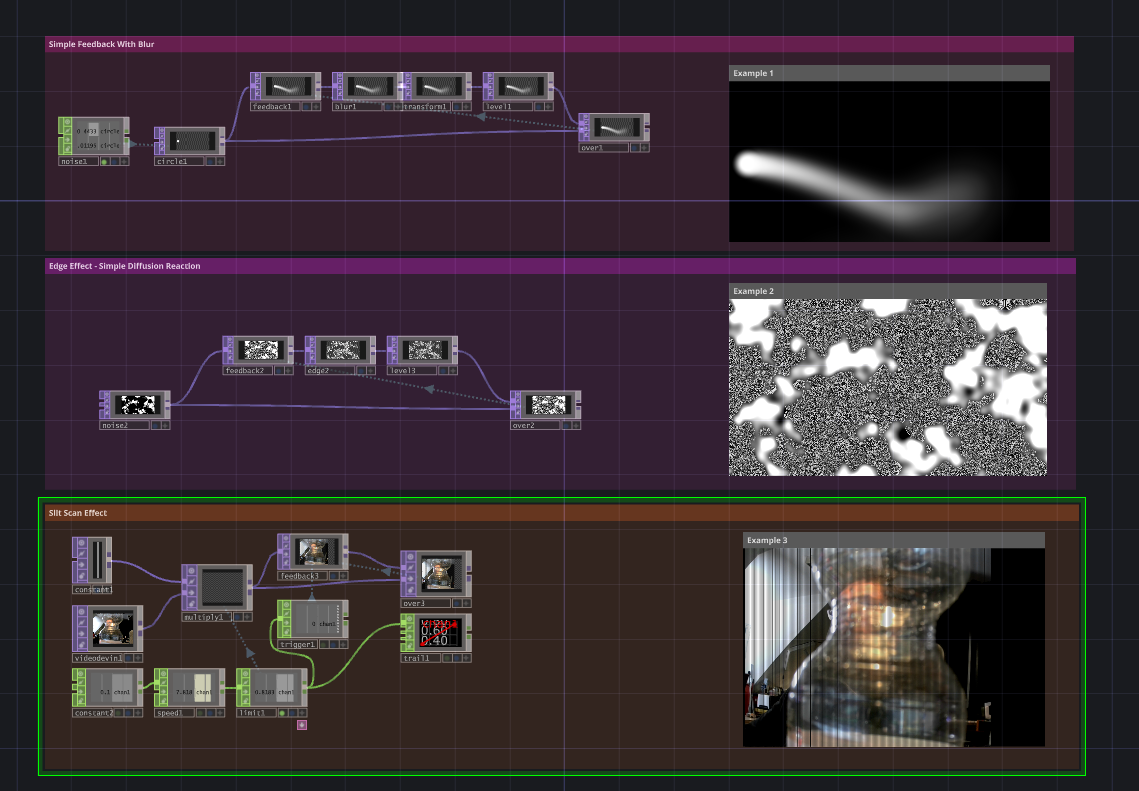
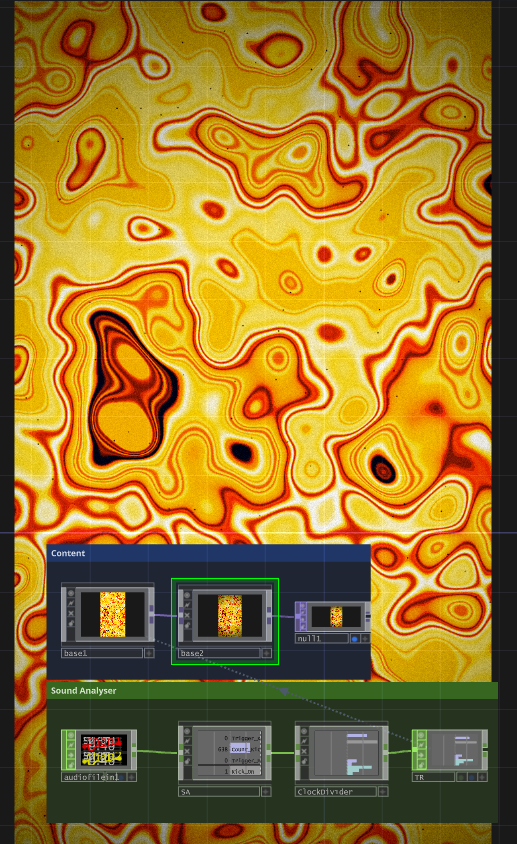


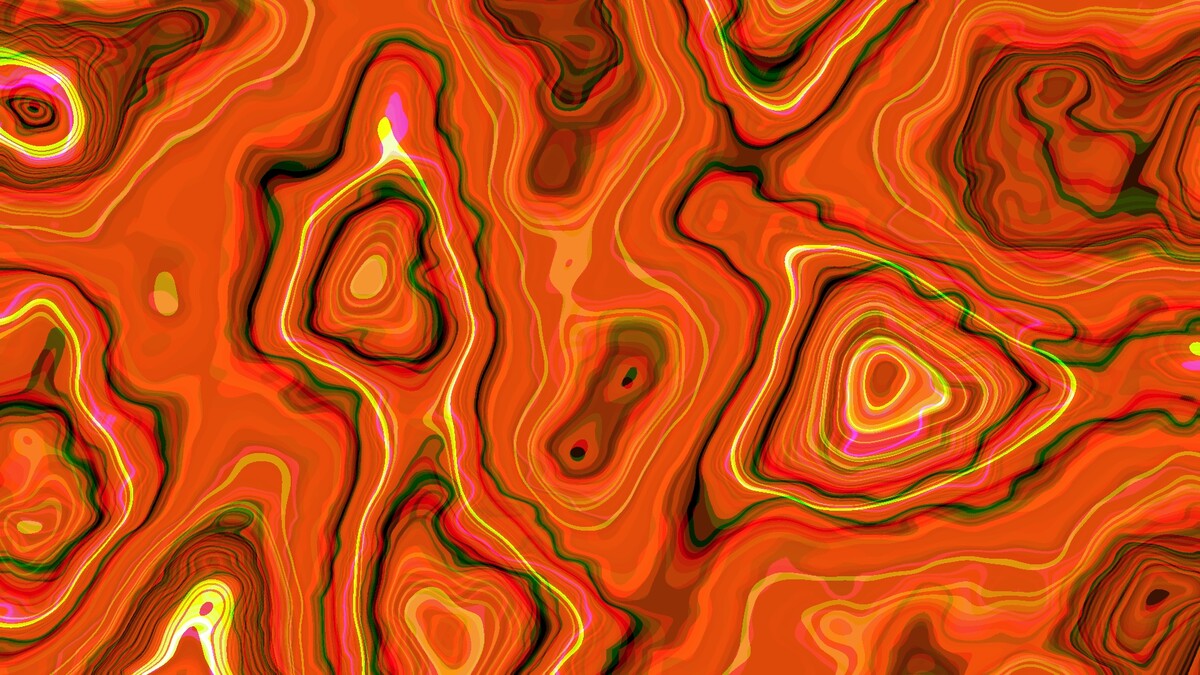
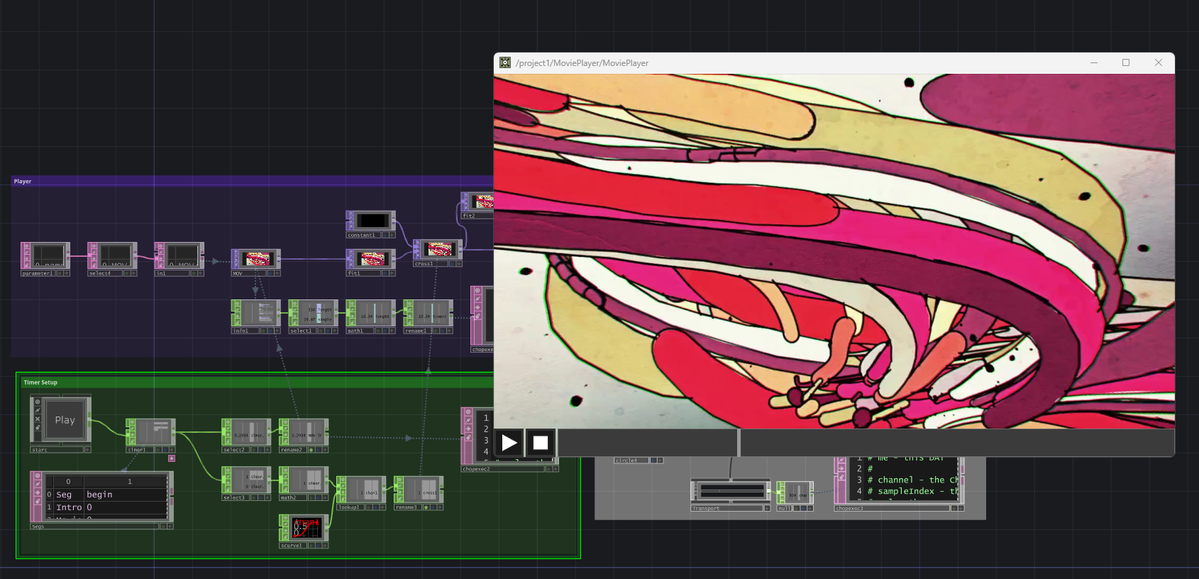
syllabus
Detailed course program
outcomes from the course
Gain a comprehensive understanding of TouchDesigner and its node-based workflow
Confidently navigate and work within the TouchDesigner environment.
Understand the inner logic of TouchDesigner and its modular architecture
Combine different media elements, such as video, audio, 3D graphics, and real-time data
Create various types of animations and custom media players
Enhance your creative projects and gain a competitive edge in the media industry
TEACHER
We are a team of professionals ready to help you throughout the journey. Besides an ample technical expertise, each of us has an individual style and a unique vision to share with you.

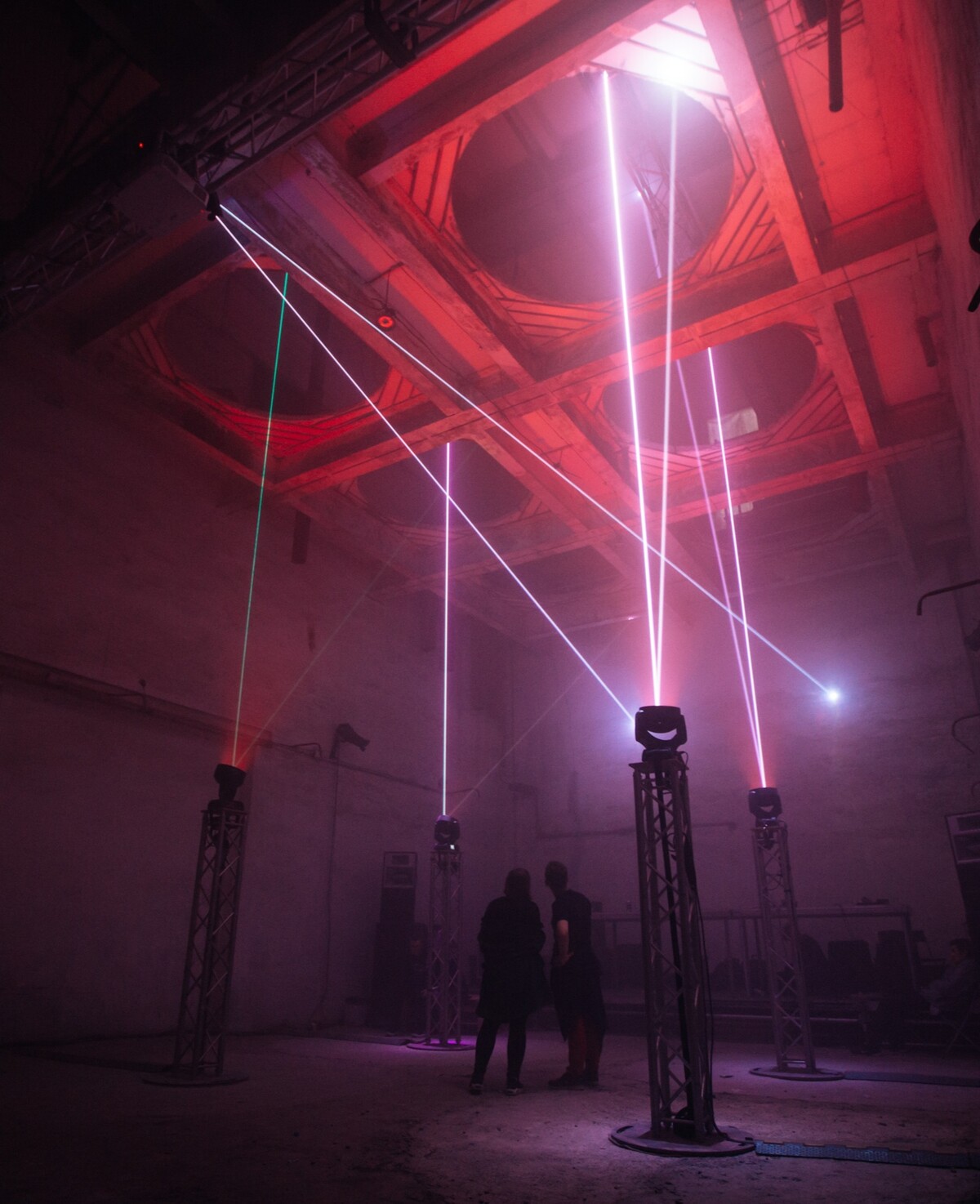
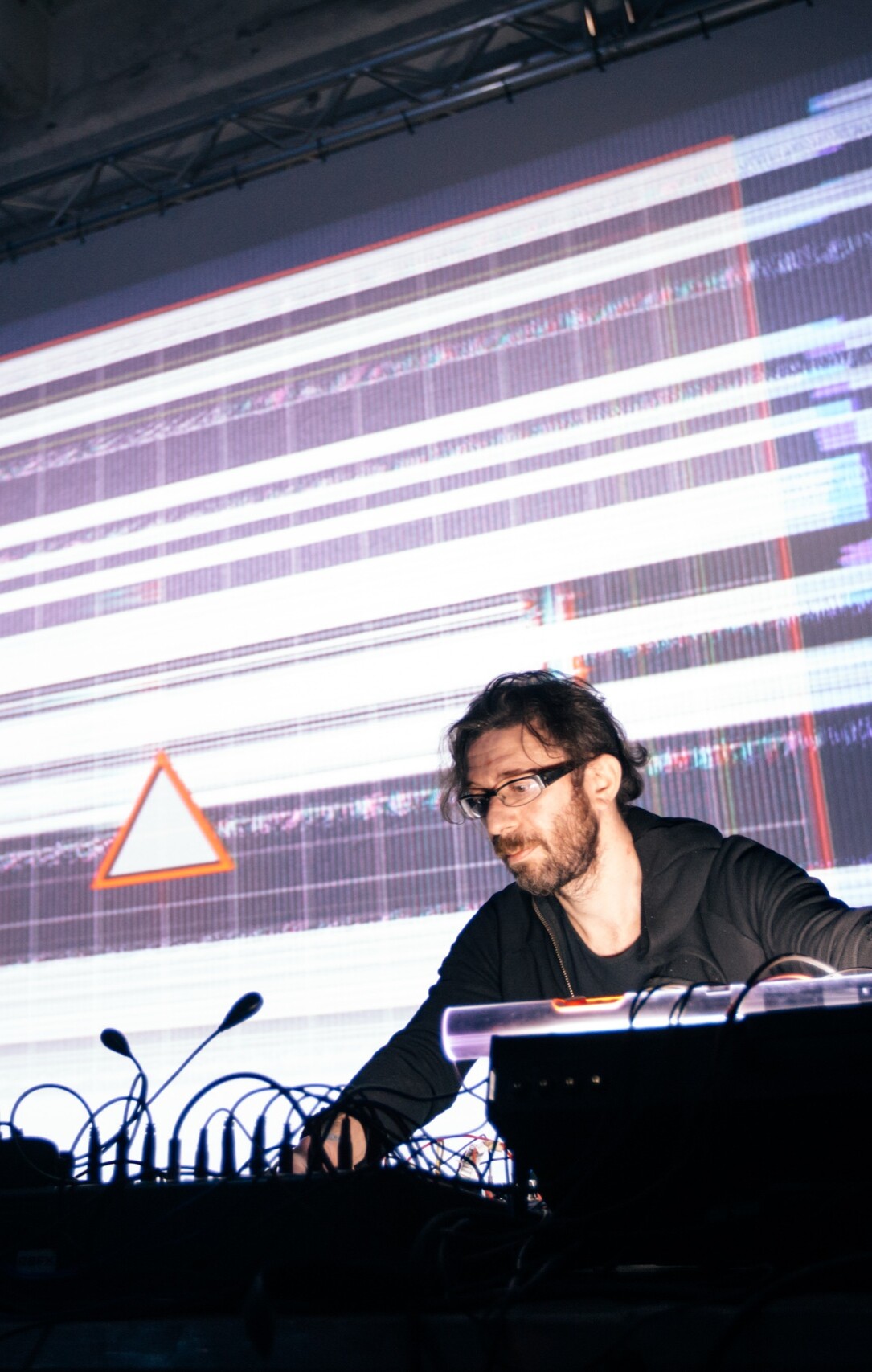
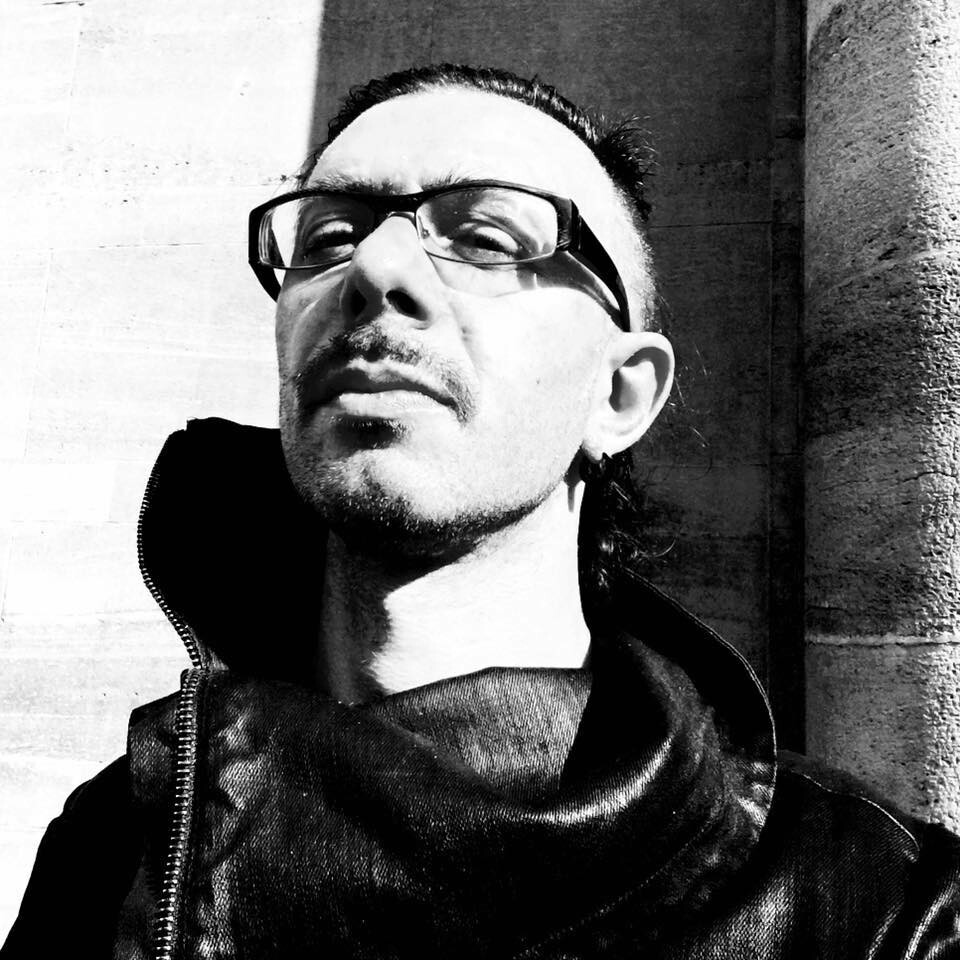
STANISLAV GLAZOV
MEDIA ARTIST, EDUCATOR, COURSE AUTHOR
3D AND AUDIOVISUAL ARTIST WITH OVER 22 YEARS OF EXPERIENCE IN COMPUTER GRAPHICS AND 20 YEARS OF TEACHING EXPERIENCE
For more than 20 years, he has worked in light and visual art, seeking innovative opportunities where art and technology intersect. His installations and AV performances explore themes such as inner and social freedom, consciousness, identity, and loneliness in the modern world, using high-tech techniques.
Driven by his desire to create unforgettable experiences that inspire, he takes an individualized approach to each work, creating unique algorithms and synchronizing sound with visuals and digital shapes. He is also known for producing music with modular synthesizers and analog devices, influenced by industrial music, which combines noise, disharmony, and shamanism to take listeners on an intense emotional journey.
In 2013, he created his own generative design studio Licht.Pfad.
Creation of AV Performances in partnership with Dasha Rush, Robert Lippok
Performances at all the iconic festivals of the planet: Berlin Atonal, Mutek Montreal, Ars Electronica Linz, Unsound Festival in Krakow, Raster-Noton night in Berghain, Barbican London, Resonance Festival in Tokyo, Mira Festival Barcelona, L.E.V. Festival, Light Festival Lyon
Since 2016 - working on theater projects with Maxim Didenko, including the creation of media servers for various performances
Why more than 300 artists chose TOUCHDESIGNER EXTREME
The course is not a bunch of Youtube tutorials, rather it’s a holistic ground for your growth in the generative art
inner logic of TouchDesigner and its modular architecture explained
balanced mix of academic concepts and practical examples throughout the course
course based on 15 years of experience teaching procedural paradigm
taught to more than 300 artists and designers
255€
500€
Got any questions left? We are happy to help! } } } } } } } } }
hou2touch 2025 (c)
go up ^ License Agreement go up ^ License Agreement RU Privacy Policy



